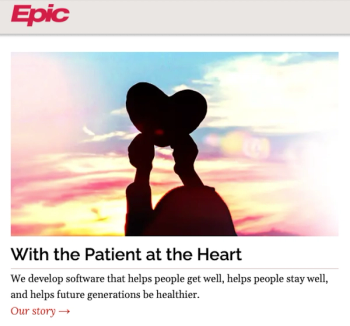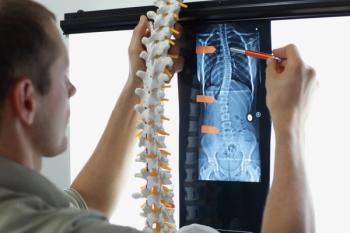
Home-based primary care program saves more than $6,500 per Medicare beneficiary
CMS program demonstrates practices can provide quality home-based primary care while saving Medicare money
An experimental CMS
The Independence at Home demonstration project selected primary care practices to provide home-based care to chronically ill Medicare patients for a three-year period. Participating practices made in-home visits tailored to an individual patient’s needs and coordinated their care.
Practices that met performance targets for three of the six quality measures while also generating Medicare savings received an incentive payment after meeting a minimum savings requirement. The six quality measures were:
- Follow-up contact within 48 hours of a hospital admission, discharge, or emergency department visit
- Medication reconciliation in the home within 48 hours of hospital discharge or ED visit
- Annual documentation of patient preferences
- All-cause hospital readmissions within 30 days
- Hospital admissions for ambulatory care sensitive conditions
- Emergency department visits for ambulatory care sensitive conditions.
Participation in the demonstration was voluntary for Medicare beneficiaries.
According to CMS,
The goal of the test was to determine whether home-based care can reduce the need for hospitalization, improve patient and caregiver satisfaction, and lead to better health and lower costs to Medicare.
Practices that reduced their beneficiaries’ Medicare expenditures sufficiently below their spending targets share in a portion of the difference between the expenditures and the spending target, referred to as an incentive payment. A practice’s incentive payment is adjusted based on its performance on the quality measures.
In year seven of the demonstration, CMS found that expenditures for IAH practices’ beneficiaries were approximately 18% below their spending targets – the equivalent of $42.3 million, with an average reduction of $6,585 per beneficiary.
All 10 IAH participants (nine practices and one consortium) reduced the per-beneficiary-per-month expenditures relative to the practice’s spending target. A total of 6,436 beneficiaries were enrolled in the demonstration at 10 participating practices. All 10 IAH participants met three or more of the six quality measures; three of those practices met the performance thresholds for all six quality measures.
Newsletter
Stay informed and empowered with Medical Economics enewsletter, delivering expert insights, financial strategies, practice management tips and technology trends — tailored for today’s physicians.














